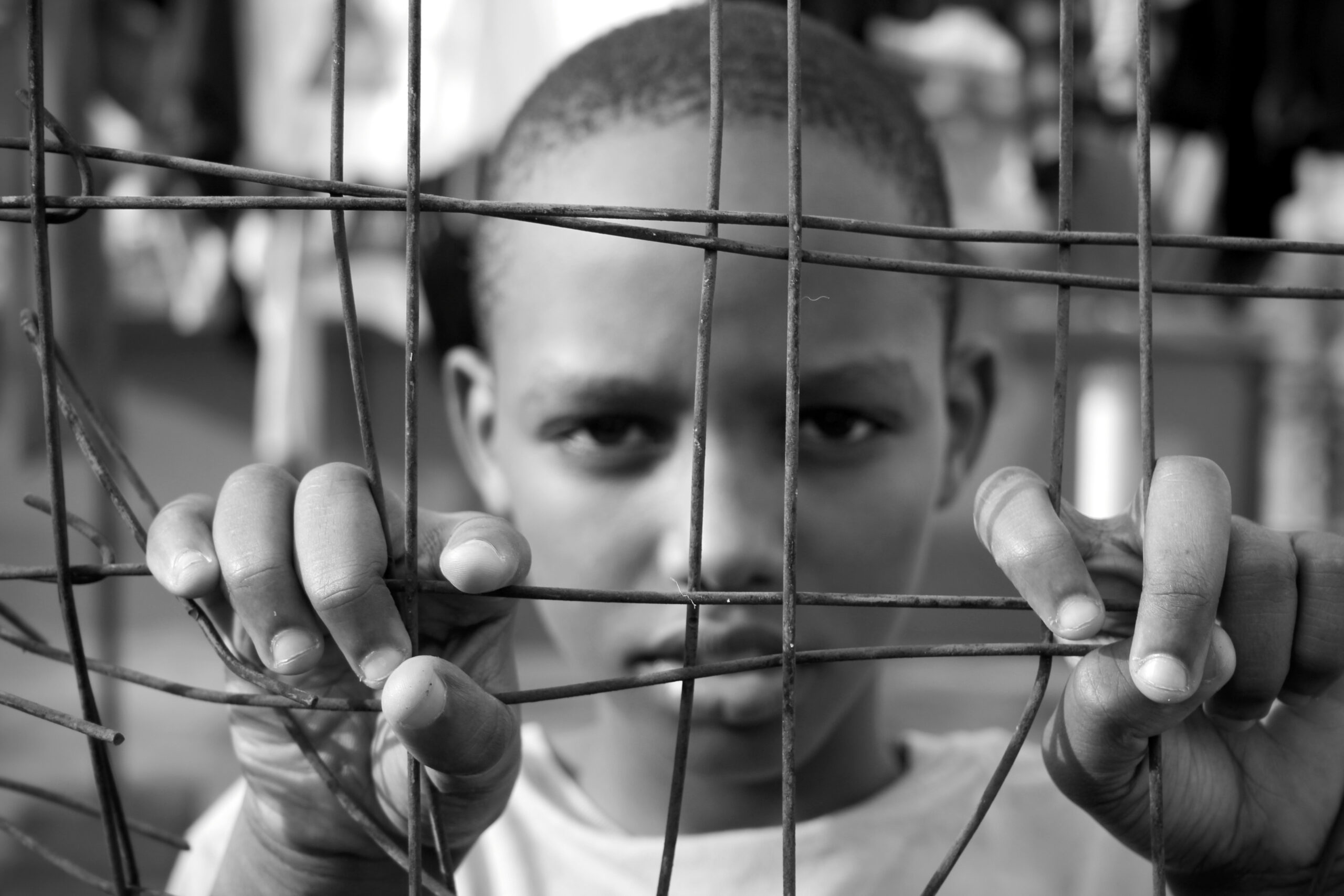(THIS ARTICLE IS MACHINE TRANSLATED by Google from Norwegian)
The collection of essays There Is No Outside consists of contributions from 19 young authors about the quarantine period during the corona pandemic. The title of the collection points to the experience that there is no world outside, all the time one is forced to stay at home. The world outside is reduced to what you can see through the windows, be it trees, a brick wall or the neighbors.
I myself experienced that the million-strong city of Vienna became frightening to stay in. I became anxious about everyday things – like going out to throw rubbish. The charming town with people living close and intimate in old apartment buildings, suddenly became one of the most dangerous places I could stay.
Where did the homeless actually go?
Vienna became for me what New York became for Aaron Timms, who in the essay "Distance Must Be Maintained" writes: "New York, like many other cities, is often depicted as a body: the large parks as the city's lungs, the streets as the arteries, the people as the blood of life. " For the first time, I felt a claustrophobic feeling in the big city. My little apartment, which never before felt small, now felt like a dollhouse.
The countryside was my salvation. But not everyone has the opportunity to move somewhere else, or who has a roof over their heads in the first place. As Ana Cecilia Alvarez writes in the essay "Stay at Home": "How can you stay at home if you do not have a home? If the material conditions necessary to protect oneself and others from exposure are too many, are threatened or completely inaccessible during the pandemic? "

How were the homeless guided through this crisis?
The homeless
Why did not the empty hotels open the doors to the homeless in the most critical phase of the pandemic? Where did the homeless actually go? Even during the pandemic, we maintain our status quo, the privileged remain privileged, and the others remain outside society.
In Norway and other European countries, we are so lucky that we have financial aid for everyone in society, but most people who were on the streets before the pandemic have other challenges such as substance abuse, a failing support system and poor mental and physical health. There are many reasons why they live on the streets.
How were the homeless guided through this crisis? Alvarez is concerned about the approximately 60 homeless in Los Angeles. But where did the world's homeless go when cafes, libraries and fast food restaurants closed their doors, places they depend on to access water, food and the internet?
They were trapped
And what about those in prison during the pandemic? In "Release Them All", Sarah Resnick writes about inmates in New York, about how little information they receive about the virus, that they do not know what the symptoms of infection are, who or how many have been infected, or what the prison management intends to do for to prevent further infection. The inmates are denied visits, and in return they receive a phone call, two e-mails and five letters for free every week. Resnick writes that some of the inmates joke that now maybe people out there feel what it is like to be trapped.
Michael Powers, president of the New York State Correctional Officers and Police Benevolent Association (NYSCOPBA), states in an article that Harvey Weinstein has tested positive for covid-19: "There is no better breeding ground for the virus than a closed environment, like a prison is." And he is absolutely right.
Resnick writes that the governor of New York, Andrew Cuomo, can release people in the risk groups at any time. If he wants to. "He can release them all", she concludes her essay with. The whole world has seen how quickly decisions can be made during the pandemic, so what are the leaders waiting for?

Photo: Msf, Gutt (Photo: Pixabay)
The refugees
And what about the approximately 20 refugees in the Moria camp in Lesvos, where families of five or six people live in an area of three square meters, where 000 people share the same water station?
"Last week we had neither soap nor money to buy soap," says a Syrian refugee in the Morial camp.
When Theresa Thornhill on April 23 asks the Syrian refugee Rima via WhatsApp if they follow the advice on social distancing in the camp, Rima replies: «We can not! We have to stand in line for three or four hours for each meal, and you should see how close people are! We know we have to wash our hands, but it takes ten minutes to walk to the nearest tap, and you have to stand in line for an hour to use it. I have soap now because an NGO employee gave it to me. But last week we had neither soap nor money to buy soap. "
Save the Children's campaign Evacuate families with children from Moria now! which has been going on in Norway since March this year, has still not led to any visible results. Without access to medical treatment, clean water and without the possibility of isolation, the pandemic could lead to a humanitarian crisis and the loss of several lives.
As a German doctor who recently worked in the Moria camp states: “We are dealing with a crisis we have rarely seen before. Children commit self-harm, young children talk about suicide. The children stop eating, stop talking. We treat them at the hospital, but then they have to go back to where they came from, and that makes them sick. " It tells me that world leaders only treat crises that affect them directly as crises. It is selfish, cynical and double-minded.


